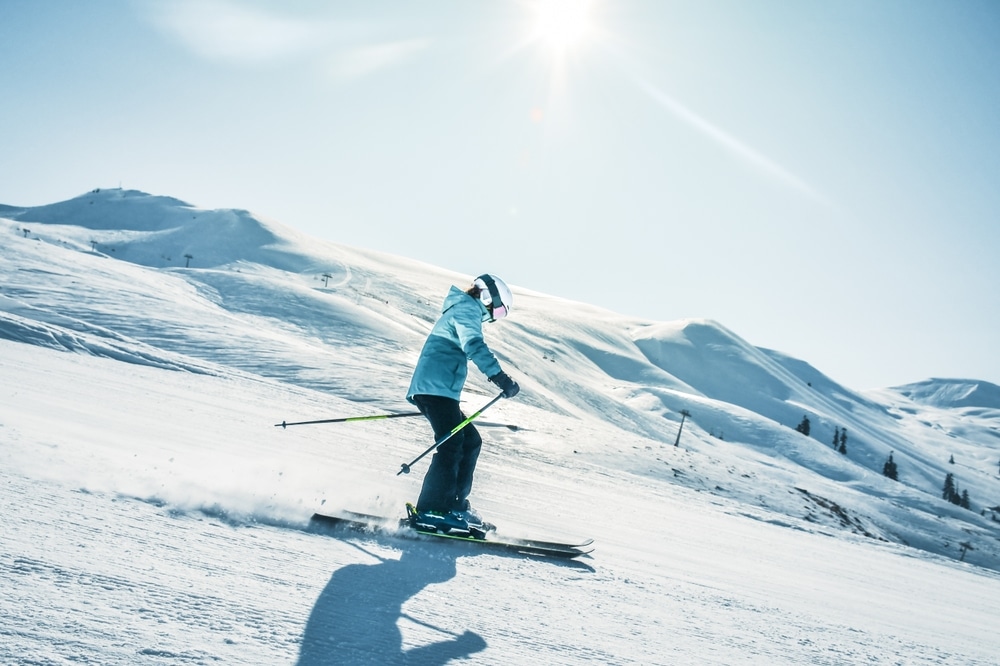Table of Contents
Ice skiing is one of the popular winter sports, among many others, like Surf Skiing and Black Diamond Skiing. Each snow sport has its techniques and skills, but ice skiing takes place on slippery, snowy terrains and requires unique techniques and skills to navigate the slippery, hard-packed surfaces. In this comprehensive guide, we’ll delve into the top ice skiing techniques to help you achieve those seamless, elegant glides that define expert ice skiers. By simply balancing your center of mass, speed, and edge angle, you can master your ice skiing abilities.
The Role of Equipment in Ice Skiing
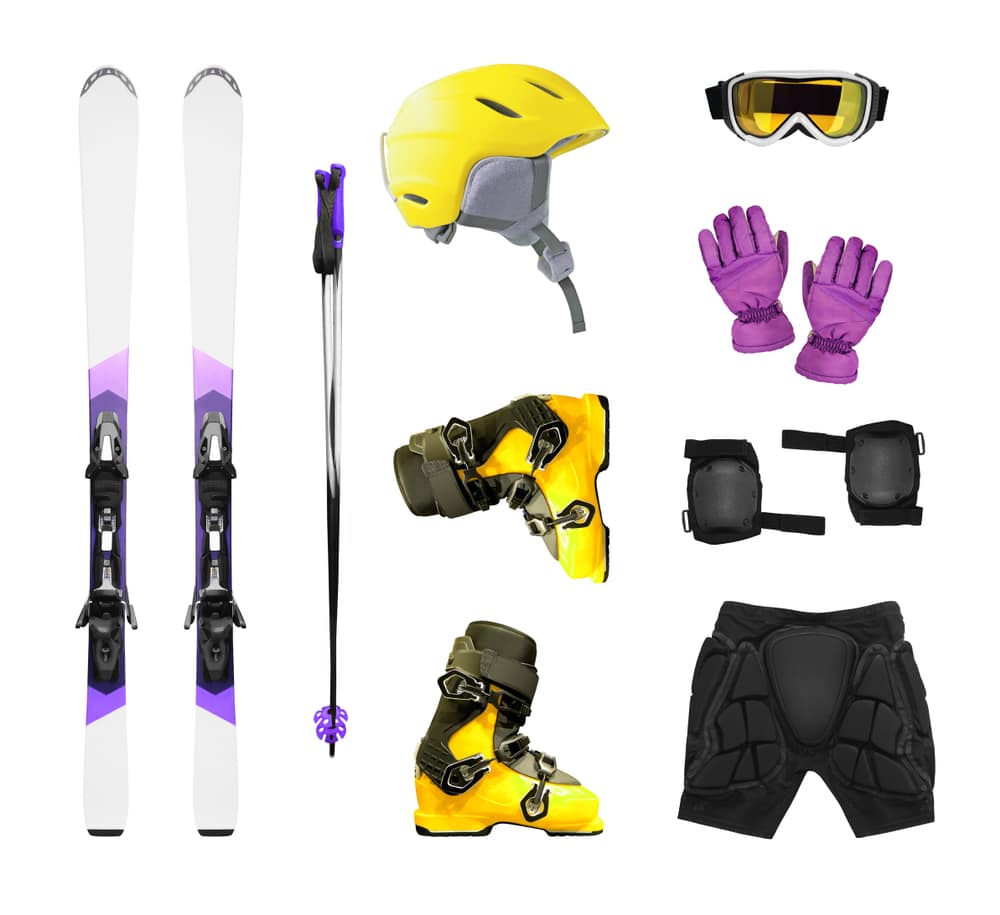
Having the proper equipment is essential for ice skiing. The primary pieces of equipment you will require are skis, ski boots, and protective clothing. Ensure the boots fit properly when choosing them; poorly fitting boots can reduce performance and raise the risk of injury. Choose skis designed specifically for hard-packed or icy conditions; these skis usually have a narrower waist and stiffer flex to provide better edge control and stability. When skiing on ice, keeping your center of mass stable is essential. To maintain balance and control, your center of mass should be over your skis.
Ice Skiing Techniques
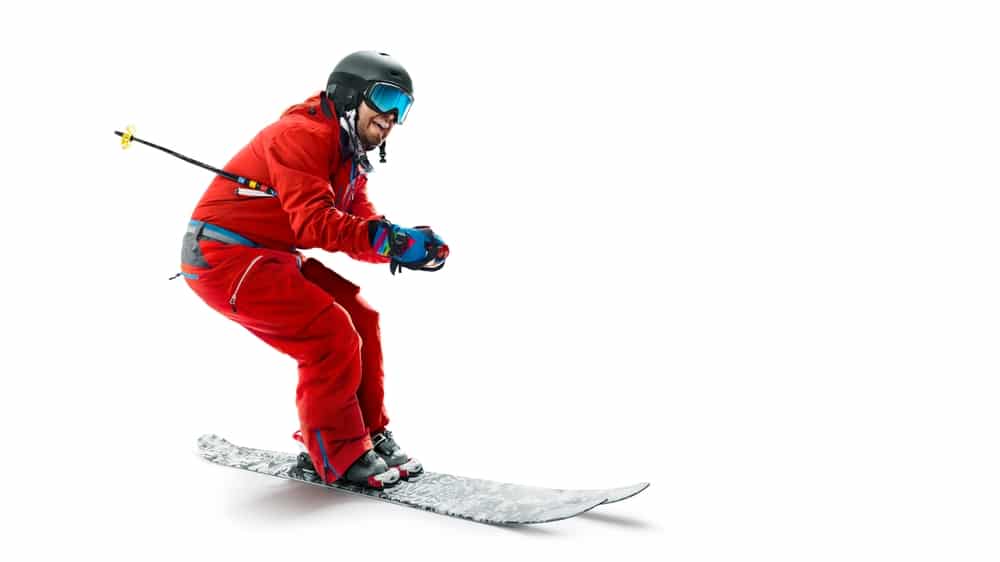
Before applying specific approaches, understanding what makes icy slopes different from other skiing environments is essential. During snowy conditions, snow on the ground freezes and becomes a hard, slippery surface. These situations occur in regions with temperature swings close to or over-freezing, resulting in repeated melting and refreezing. Ice skiing is far more precise and controlled and requires a calculated approach because there is much less error margin than powder or soft snow skiing.
1. Edge Control and Angles
Developing skills in edge control is one of the most essential elements of ice skiing. The edge of your ski grips the ice and allows you to turn and stop. To accomplish this, you need to understand the edge angle. The angle at which your skis contact the ice is known as the edge angle. A higher edge angle provides better grip but requires more skill to maintain balance. There are several ways to increase your edge angle for a smooth glide.
2. The Perfect Turn
Turning on icy slopes demands precision and confidence. Your body should lean slightly into the turn as you begin by bending your knees and ankles to start your turn. As you begin the turn, apply pressure to the edges of your skis by angling them against the ice. As you make the curve, gradually increase the edge angle. This method lets you keep your skis from skidding out and maintain control.
3. Balance and Body Position
In ice skiing, balance is everything. Maintain a low, athletic posture and divide your weight equally over both skis. Your ankles and knees should be slightly flexed to absorb shocks and provide stability. Allow your lower body to guide and control your skis, and concentrate on maintaining a quiet, stable upper body.
4. Pole Planting
Effective pole planting enhances your rhythm and timing. Plant your poles firmly in the snow as you initiate a turn, providing additional support and balance. This technique is beneficial in maintaining a steady pace and navigating through moguls or uneven terrain, much like how ice skaters use their poles for balance.
Advanced Techniques for Smooth Ice Skiing
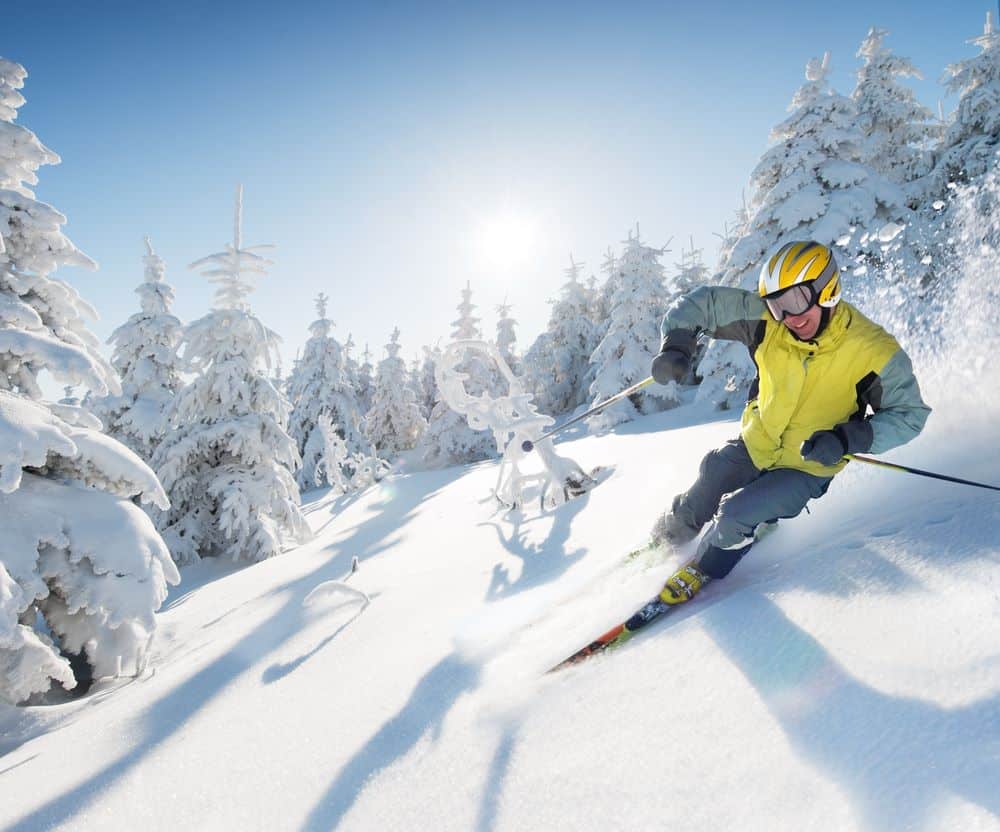
After you’ve become proficient in the fundamentals of ice skiing, you can start utilizing advanced techniques to improve your performance. These methods can greatly increase your ability to glide across snowy terrain but require practice and accuracy.
Carving on Ice
Carving is a technique in which you use the edges of your skis to make clean, precise turns without skidding. It is very useful for retaining speed and control on icy slopes. When carving on ice, concentrate on sharply angling your skis and consistently pushing the edges. This technique may allow you to cut through the ice quickly and easily.
Steps to Carve on Ice
- Place your center of mass over the skis and start by flexing your knees and ankles slightly. Tilt your knees into the turn to start rolling your skis onto their edges.
- Increase the edge angle by angling your skis further into the turn. Apply equal pressure to both skis to ensure the edges bite into the ice.
- Maintain steady pressure and allow your skis to carve a smooth arc. As your lower body turns, keep your upper body facing downward.
- As you complete the turn, gradually decrease the edge angle and prepare to initiate the next turn. Use your core muscles to maintain your body’s stability and flexibility of movement.
Short Turns In Ice Skiing
Short turns are crucial for maneuvering across narrow or restricted paths on icy slopes. To complete short turns, maintain your center of mass over your skis and make rapid, significant motions. Engage the edges of your skis rapidly to initiate the turn and then smoothly transition into the next turn. This technique helps you maintain control and avoid obstacles in challenging conditions.
Steps to Perform Short Turns
- To begin, take a compact, balanced stance. Your weight should be equally distributed over both skis, and your knees should be slightly bent.
- Tilt your ankles and knees into the turn to quickly roll your skis onto their edges.
- To start the turn, quickly rotate your lower body around. Face downhill and maintain a solid upper body.
- As soon as you complete one turn, shift your weight and engage the skis’ opposing edges to begin your next turn. Keep your movements fluid and continuous.
Moguls on Ice
Moguls, or deviations from the slope, can be very difficult to navigate in icy conditions. When skiing moguls, your upper body should remain stable while your legs absorb the impact. Combine short turns with carving to maintain control while crossing the bumps. This technique requires a high skill level and balance, but it can be highly satisfying when learned.
Steps to Ski Moguls on Ice
- Before entering the mogul field, plan your path by identifying a smooth line through the bumps.
- As you approach a mogul, bend your knees to absorb the impact. Let your legs absorb shocks to keep your upper body stable.
- Make quick rotations to move between the moguls. Engage the edges of your skis to keep your direction and control.
- Develop a steady rhythm as you move through the moguls. Keep your balance by making sure your motions are fluid and constant.
Speed Control
Speed control is essential for both performance and safety when ice skiing. Use a variety of strategies, like carving and quick turns, to control your speed. Additionally, practice the hockey stop—a technique borrowed from ice hockey—where you quickly turn your skis perpendicular to the slope to stop. This is a very useful technique for stopping your momentum quickly on ice.
Steps to Control Speed
- Use carving turns to regulate your speed. The sharper the turn, the more control you have over your descent.
- Use short, rapid turns to control your speed on crowded or narrow slopes.
- Quickly spin your skis perpendicular to the hill and lean your back slightly to perform a hockey stop. Dig the edges into the ice to come to a sudden stop.
Training and Preparation
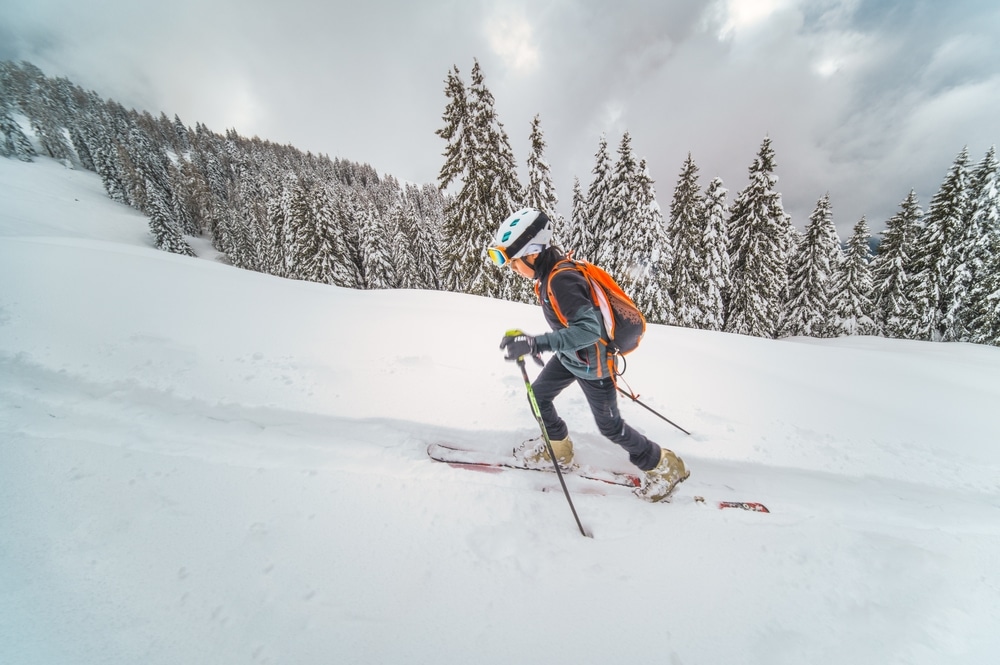
To become an expert ice skier, you must practice and prepare regularly. This involves training on the slopes and off-slope activities to increase stamina, strength, and flexibility.
Practice on the slope
You must spend a lot of time on the slopes to improve your ice skiing. Learn numerous tactics in a range of icy situations to adapt to the particular difficulties of frozen terrain. By performing drills and exercises repeatedly, concentrate on enhancing your body position, balance, and edge control.
On-Slope Drills
Practice engaging and releasing your edges on flat terrain before moving to steeper slopes. This helps you develop the accuracy required in icy conditions.
- Ski on one leg to improve your balance and stability. To make sure both sides are equally powerful, switch legs and repeat.
- Perform carving spins on a gentle slope; as you develop confidence, progressively increase the steepness. Pay close attention to keeping the edge angle constant.
Off-Slope Exercises
Exercises performed off-slope have the potential to improve your ice skiing skills significantly. Planks, lunges, and squats strengthen your lower back, legs, and core. Pilates or yoga can increase your balance and flexibility. These exercises help build the muscle strength and coordination to navigate icy slopes effectively.
Ice Skiing Safety Considerations
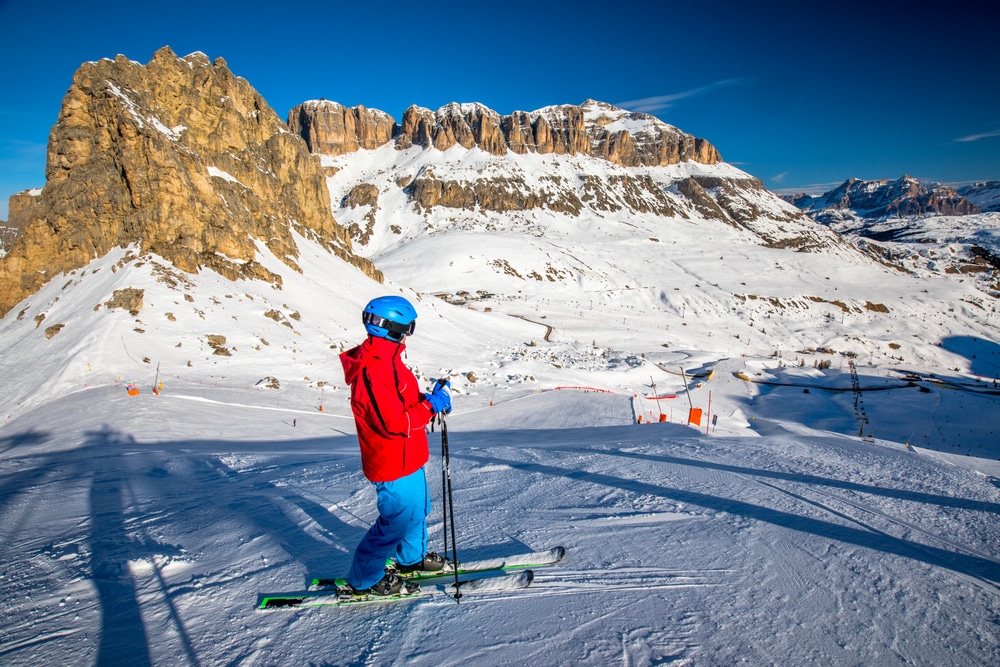
Safety is paramount when engaging in ice skiing. Because icy slopes are slippery, there is a greater chance of falls and injuries; therefore, it is important to take the necessary precautions.
Wear Protective Gear
Wear safety gear like goggles, a helmet, and padded clothes. In the case of a fall, goggles protect your eyes from wind and ice particles, while a helmet protects your head. Padded clothing can lessen the force of falls and help cushion your body.
Stay Within Your Skill Level
Stay away from taking on slopes that are too difficult for you. Unforgiving icy conditions can cause accidents, as can pushing yourself too far on runs. Gradually advance to more difficult slopes as your abilities grow.
Be Aware of Your Surroundings
At all times, be mindful of your surroundings and remain attentive. Keep an eye out for obstructions on the slope and other skiers and snowboarders. It’s essential to communicate clearly with other people on the slope to prevent accidents and ensure everyone’s safety.
Ice Skating and Skiing (Similarities and Differences)
You might wonder, is skiing like ice skating? Important distinctions and similarities exist, such as the edge control and balance requirement. While skiing employs two skis with various edges, ice skating uses just one blade for movement. However, skills from ice skating can transfer to skiing on ice, such as balance and body position.
Exploring Other Winter Activities
Conclusion
Ice skiing has challenges and benefits for people willing to learn how to do it right. You can attain confident, smooth glides across frozen terrain by learning about the distinctive features of icy slopes, choosing the appropriate equipment, and practicing essential skills like edge control, carving, and balancing. Furthermore, participating in additional winter sports such as figure skating, ice skating, and sledding can improve your abilities and winter enjoyment.

